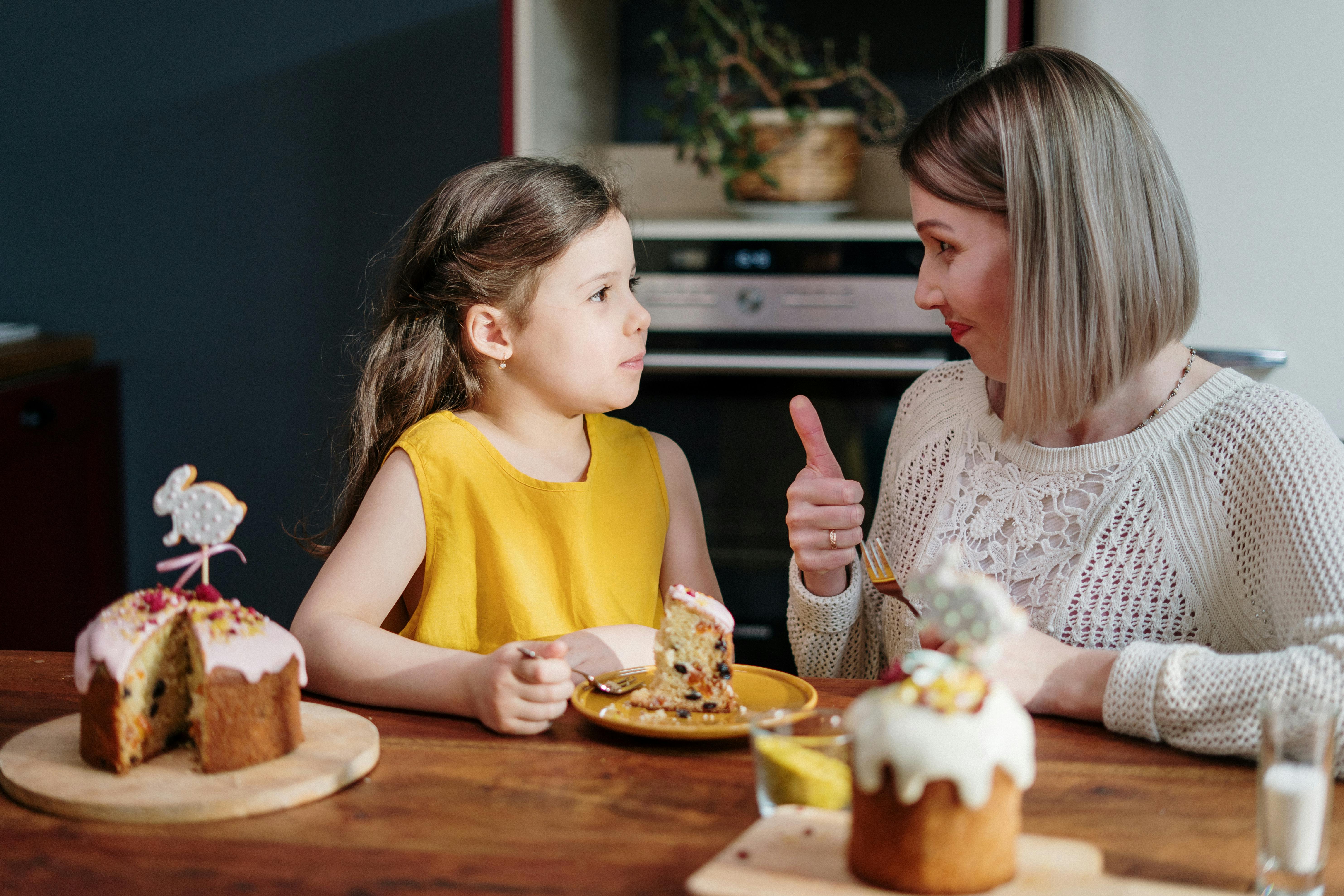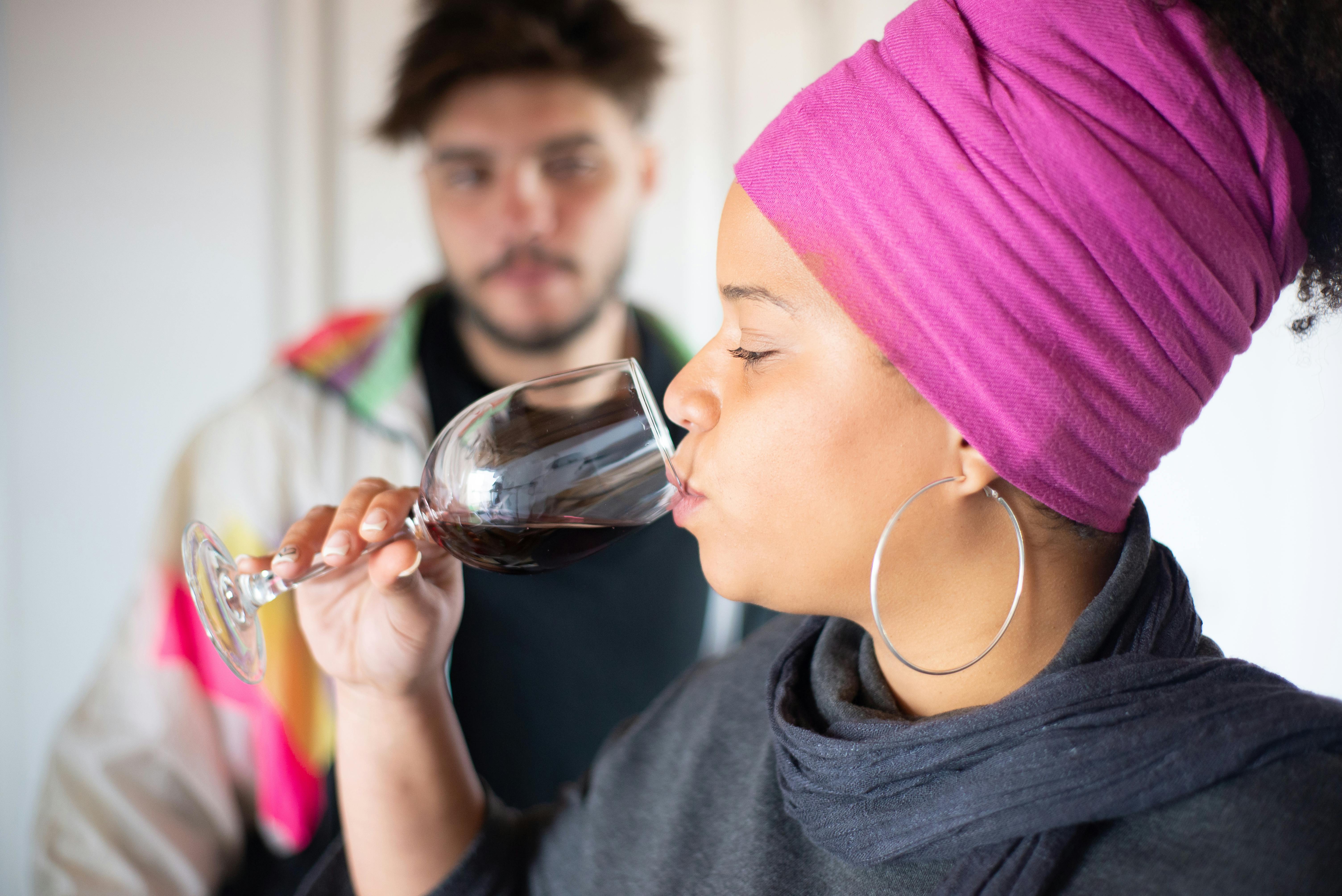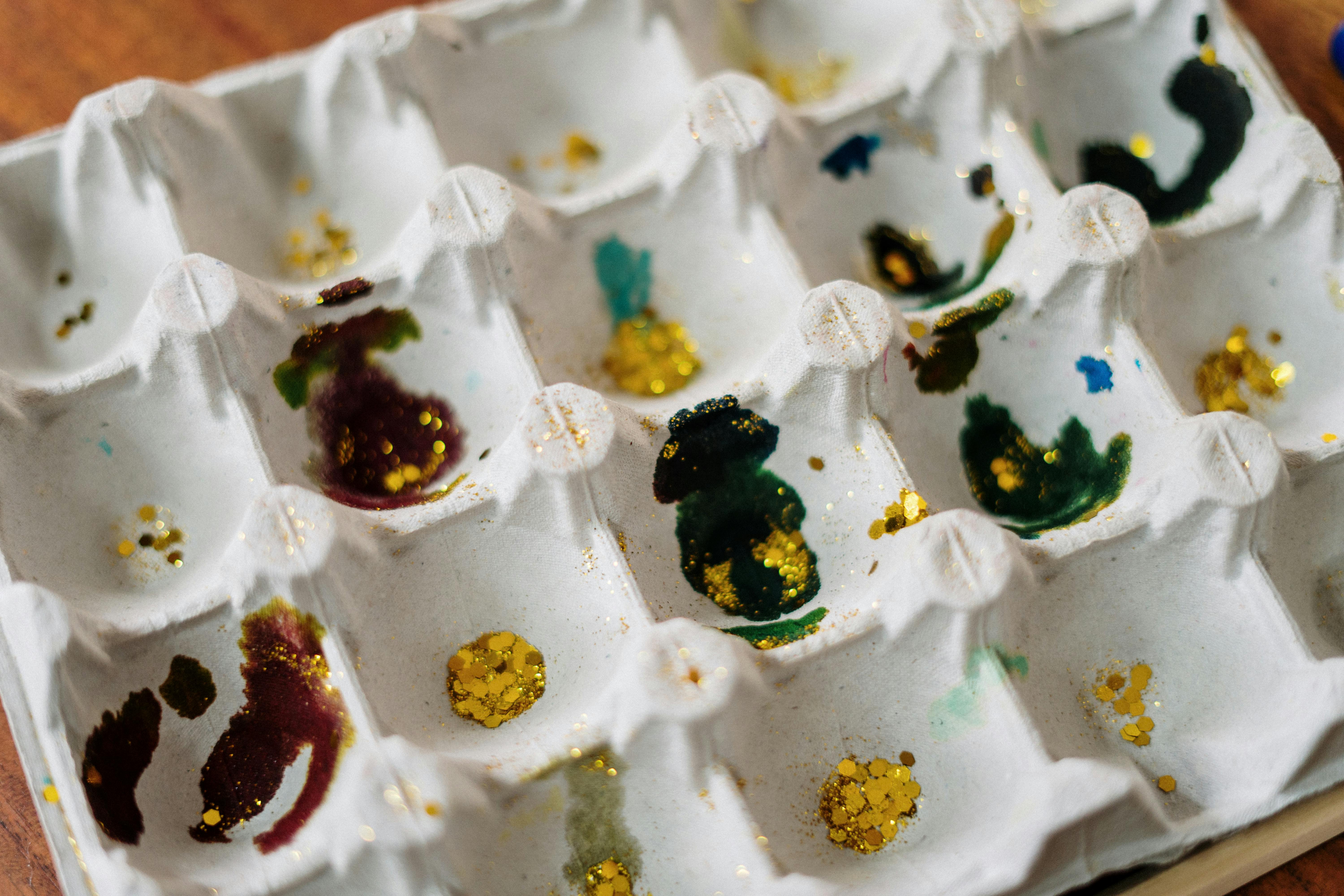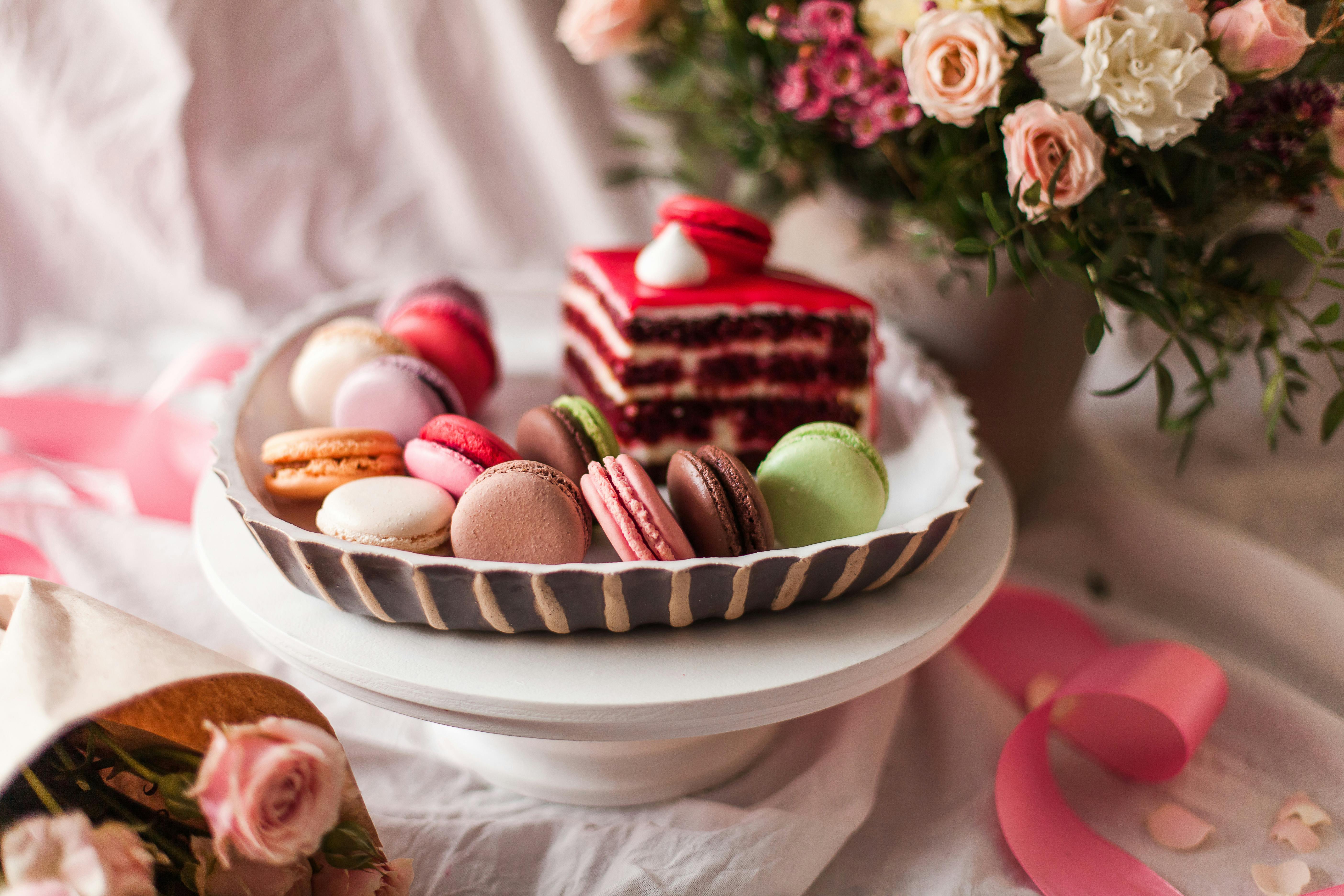In watercolor painting, the unpainted shapes are very important. These are the places that the artist has planned in advance to represent the white areas of the painting. The eye naturally goes to the “whites” first, especially if you are dealing with high contrast areas. You need to plan for these areas in advance and not let them become an afterthought; the whites should be part of the overall design of it. A single white area is not enough in your composition. You’ll want to have a pattern of whites (in three or more areas of your watercolor) to keep your work balanced. I often find it helpful to look at my seed sketches upside down, to determine where I might need more white space in my composition.
Once you’ve decided how much white paper to leave and where it works best in your composition, you can fill in the values for the remaining shapes. Be sure to vary the sizes and shapes of all the elements in your painting. Your whites can now be slightly adjusted to bring a warm or cool variation to your scene. For example, a part of a white “shape” (it could be a house, for example) in the distance, can be given a cool cobalt blue glaze, which will push it further back in your composition, as part of its background. . It will still look like a white house to your viewers, but with a subtle coolness. A very fine wash is all that will be needed here.
The same applies to the whites in the foreground of your composition. These can be given a warm smooth glaze made by mixing Aerolin Yellow and Rose Madder Genuine together. Apply a single layer of this color to part of a white element in your foreground. I prefer to wait until much of my painting is complete to add these subtle touches to my whites. This way I am careful not to overdo it when altering the whites. These enamels must be very delicate.
Another way to give the whites in your painting a warm or cool tone is by deliberately placing a complementary color next to them. For example, to make a part of a white dog’s fur appear warm, place a cool blue-gray next to this area. This will create a warm glow. On other parts of the animal’s fur, use the ideas outlined above, varying the cool and warm sections. Your watercolor dog will have many different “whites”, making it much more interesting to look at!
When altering your watercolor whites, remember that less is definitely more!



